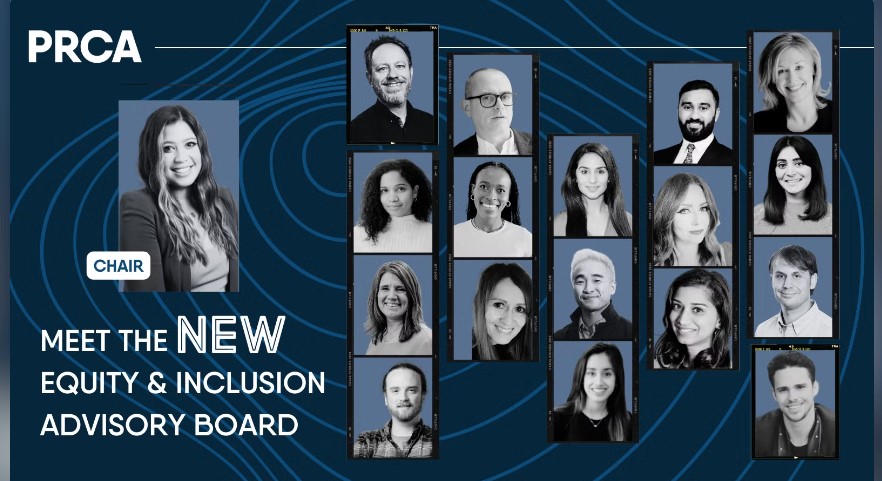Written by Frank Marr, AM+A Marketing and Media Relations
The world has changed, consumers plan a holiday or journey with complex selection of searches, finding deals, being influenced by friends, being influenced by social media, responding to an advert, reading a newspaper article, saving an online post and many more things.
We’re currently in a fourth industrial revolution. Technology is developing fast and has become exceptionally integrated into everyday life. One item of content can provide useful information to the reader and collect data such as cookies at the same time, as well as steering the user towards a specific call-to-action. From that call-to-action, an entire holiday itinerary can be planned – transport, accommodation, tours and activities with a few clicks of a mouse.
Relevances of Target Audience
However, technology is not for everyone. Many mass consumers and older generations will still rely on the simplicity of choice to proceed with a purchase. But as a more a tech savvy generationwill appear in the next century (which I’m sure the panelist will discuss further) technology will be more of a norm.
Pricing, familiarity, loyalty and ease of experience are things that technology can not always influence. However, marketing and PR will always be essential in crafting a specific and engaging message to influence customers.
The Importance of PR to Support SEO
For example from a PR perspective typical item of publicity often provides a potential customer with a respected and reliable source of information, as well as enhancing SEO by linking to a website.
The Power of a Brand Owned Audiences
Tourism brands should be in a strong position when it comes to technology – they engage audiences of millions across their social media channels, their websites dominate search engines and they are able to connect with huge numbers of people.
The tourism sector has always integrated seamlessly into other sectors such as food, drink and recreation. And with the rise of online commerce – it will have an even greater opportunity to engage with its supply chains to try to stimulate economic recovery.
Marketing Virtual Economies
As high-streets disappear, more and more virtual marketplaces may emerge – tourism brands now need to start considering what role they will play in the world of virtual economics and whether tourism is just as much about offering a product that authentically represents the destination to be enjoyed in the customer’s own home.


